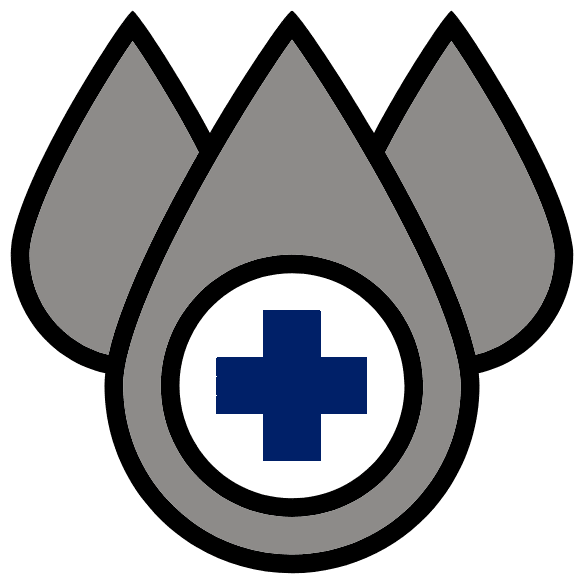If you’re a phlebotomist—or thinking about becoming one—you may be wondering: can I start an IV? While drawing blood is at the heart of phlebotomy, starting IV lines involves a different level of training and responsibility. Let’s break it down.
The Short Answer
No, phlebotomists generally are not allowed to start IVs.
This procedure usually falls outside of the standard phlebotomy scope of practice and is typically reserved for licensed nurses, paramedics, or certified IV technicians.
What’s the Difference Between Drawing Blood and Starting an IV?
| Task | Phlebotomists | IV-Certified Providers |
| Draw blood for labs | ✅ Yes | ✅ Yes |
| Start an IV line | ❌ No | ✅ Yes |
| Administer fluids or meds | ❌ No | ✅ Yes (with appropriate licensure) |
Why Phlebotomists Usually Can’t Start IVs
Phlebotomy training programs focus on:
- Venipuncture techniques
- Blood collection safety
- Infection control
- Lab protocols
Starting an IV, however, involves:
- Inserting a catheter
- Monitoring fluid administration
- Preventing and managing complications
These procedures require additional clinical judgment and licensing beyond what phlebotomy training provides.
Who Can Start IVs?
| Healthcare Role | Can Start IVs? | Notes |
| Phlebotomist | ❌ No | Not included in most scopes of practice |
| IV Certified Technician | ✅ Yes | Must complete a separate certification |
| LPN (Licensed Practical Nurse) | ✅ Yes | Licensed to start and monitor IVs |
| RN (Registered Nurse) | ✅ Yes | Fully qualified |
| Paramedic | ✅ Yes | Included in advanced EMS training |
| EMT (Basic) | ❌ Usually not | May vary with extra training |
Are There Exceptions?
Yes, in some cases:
- State-Specific Rules:
For example, California offers an Advanced Certified Phlebotomy Technician (CPT II) license, which may allow limited IV functions. - On-the-Job Training:
Some hospitals may offer in-house IV training, but you’d still need to meet state requirements to legally perform the procedure.
Want to Start IVs? Here’s What to Do
If you’re a phlebotomist who wants to advance your skills, consider these next steps:
✅ Take an IV Therapy Certification Course
- Usually 1–3 days long
- Hands-on training in catheter insertion, patient monitoring, and safety protocols
✅ Explore LPN or RN Programs
- Gain a nursing license and expand your clinical responsibilities
✅ Check with Your State Licensing Board
- Rules vary by state, so always confirm what’s allowed where you work
Final Thoughts
While starting IVs isn’t typically part of a phlebotomist’s role, there are clear paths to advancing your skillset. Whether you’re looking to add an IV certification or transition into nursing, opportunities are available—you just need the right training and credentials.
Thinking of advancing your career?
Look into local IV certification classes or bridge programs to take the next step in your healthcare journey.
